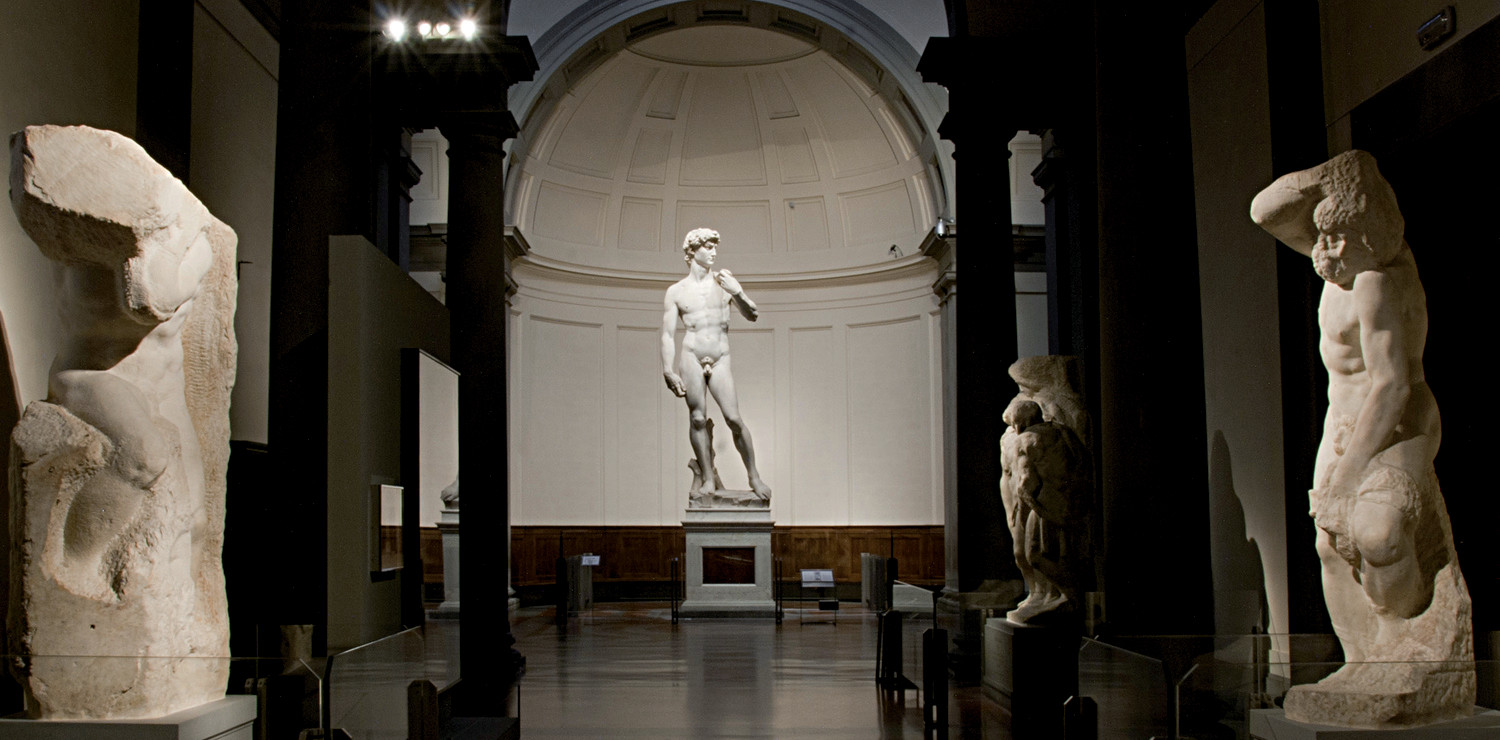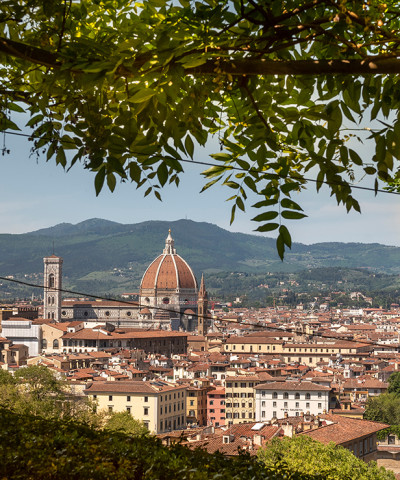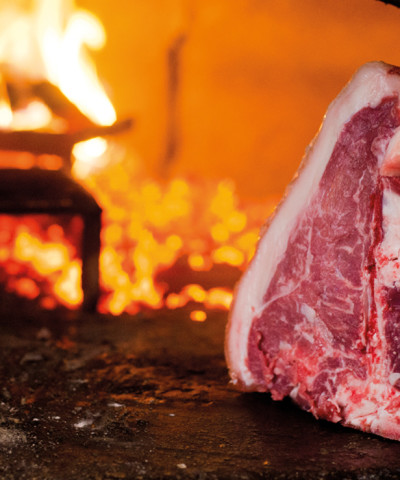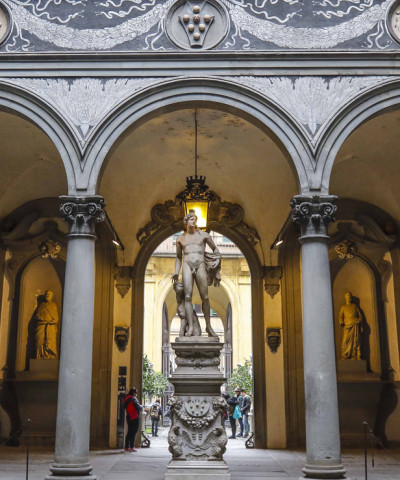A special tour of the Accademia Gallery in Florence
The undisputed star is Michelangelo's David, but there are many masterpieces to admire in this important museum.
On the occasion of the reopening of the Accademia Gallery, scheduled for June 2, we accompany you on a special tour of its most important masterpieces.
People come from every corner of the world just to take a look at him, The Michelangelo's David, today like in 1873, the year he was removed from Piazza della Signoria after 350 years, and hardly notice the masterpieces by Pontormo and Allori, Bartolini’s sculptures, the gold-ground paintings by Lorenzo Monaco, the great masters of fourteenth and fifteenth-century painting, and much more, hosted in a building squeezed in-between the Academy of Art and the Luigi Cherubini Music School, where the ancient buildings of the San Matteo Hospital and of the Convent of San Niccolò di Cafaggio used to stand.
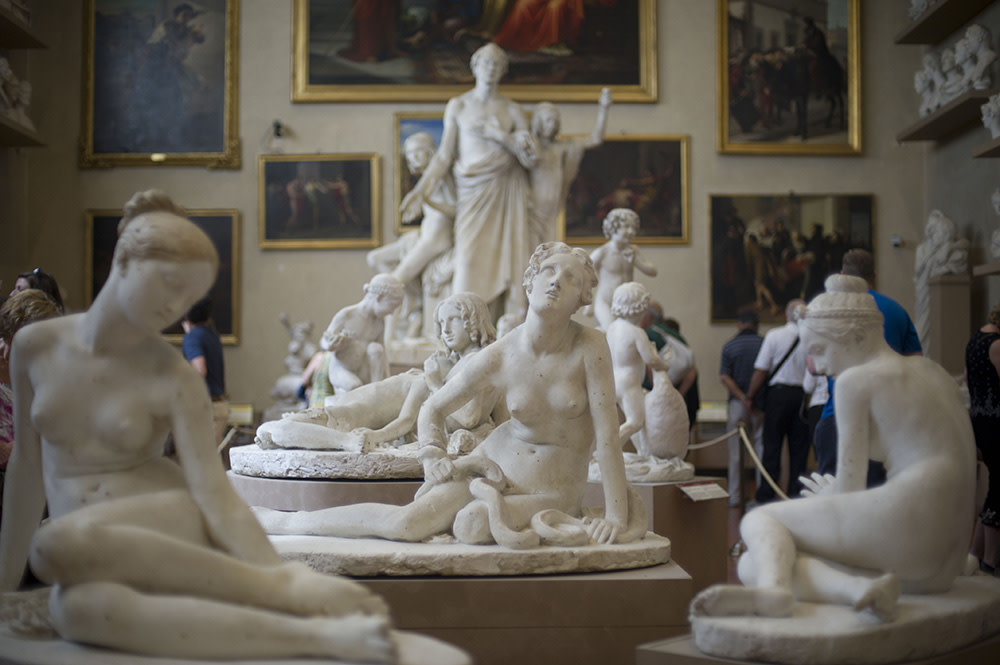 the Salone dell’Ottocento housing the collection of Lorenzo Bartolini’s plaster casts
the Salone dell’Ottocento housing the collection of Lorenzo Bartolini’s plaster castsAs we walk through the rooms devoted to the late 1300s and to Lorenzo Monaco, we realize how much the place is pervaded by Michelangelo’s spirit, like it or not. And yet, the first floor is another story: we are captivated by the gold-ground paintings that make up one of the world’s greatest collections and by an extraordinary example of embroidered opus florentinum, a vestment originally placed on the high altar of the Church of Santa Maria Novella.
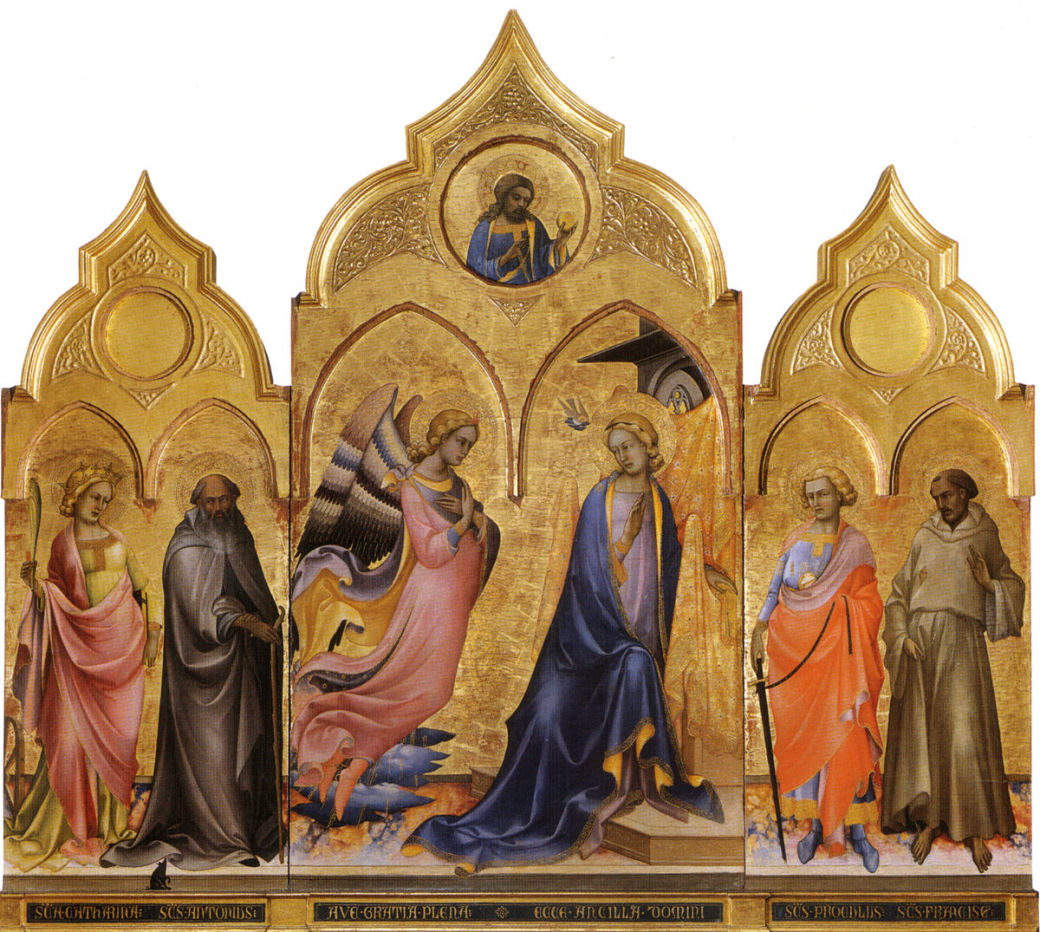 Lorenzo The Annunciation and Saints Caterina d’Alessandria, Antonio abate, Procolo and Francesco d’Assisi
Lorenzo The Annunciation and Saints Caterina d’Alessandria, Antonio abate, Procolo and Francesco d’AssisiWe cannot express in words the amazement experienced by the viewer before the work’s technical and artistic perfection and state of preservation. All around and in the next room, the works by Lorenzo Monaco. They are all wonderful, but pause to look carefully at The Annunciation and Saints Caterina d’Alessandria, Antonio abate, Procolo and Francesco d’Assisi. The angel facing the Virgin Mary is a masterpiece of lightness, colour combination and outline.
We then go down to the ground floor. In the Colosso Room standing the gesso of the sculpture The Rape of the Sabine Women by Giambologna captures our attention. Created between 1579 and 1580, this full-scale plaster cast is one of the oldest in the world still in existence. Hanging all around are the paintings by Botticelli, Ghirlandaio, Lippi, father and son, Paolo Uccello, a wealth of art treasures that can be found in Florence only.
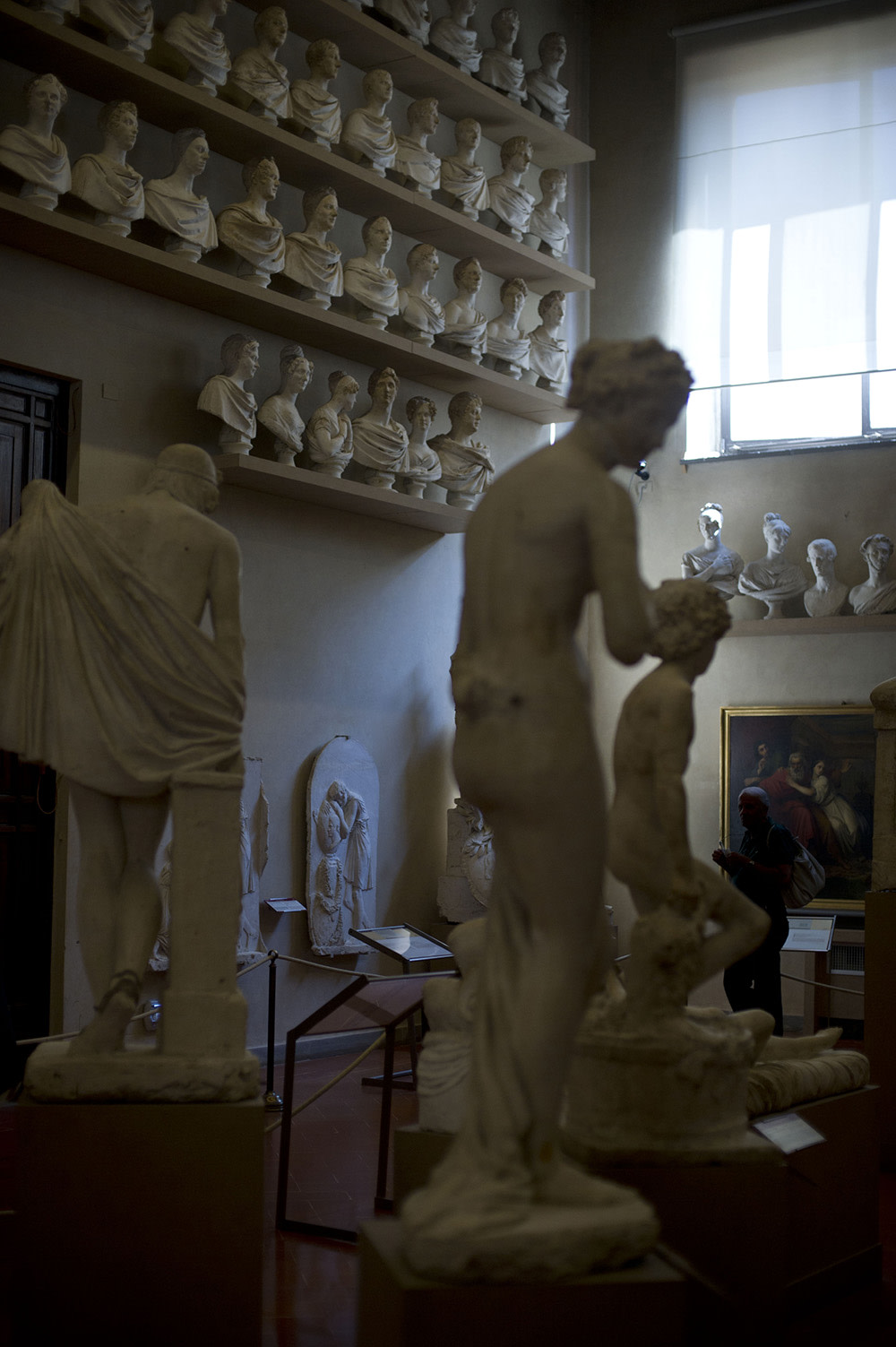 A real concentrate of beauty
A real concentrate of beautyThe Collosso Room gives into the musical instrument section. All instruments
come from private collections of the Medici and Lorena families, spanning from the mid seventeenth century to the early nineteenth century.
If the collection of Bartolini’s plaster casts is of extraordinary visual impact, not to mention the works’ value, the Prigioni Gallery is staggering: the four statues by Michelangelo, the masterpiece by Pontormo representing Venus and Cupid, the courtesan by Ghirlandaio with that naughty twinkle in her eye… In the meantime, we pass back and forth in front of the David looking far ahead: we were determined not to consider him the one and only star, and yet we cannot but acknowledge that, in such a privileged position, there he stands, in all his superb Beauty.






